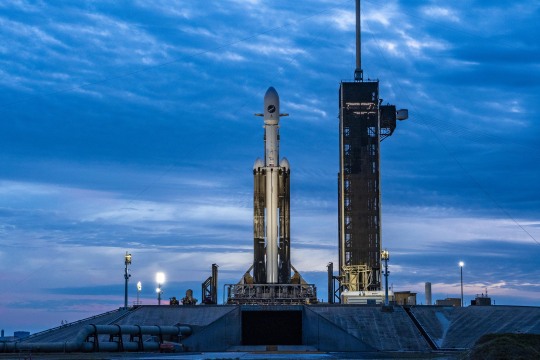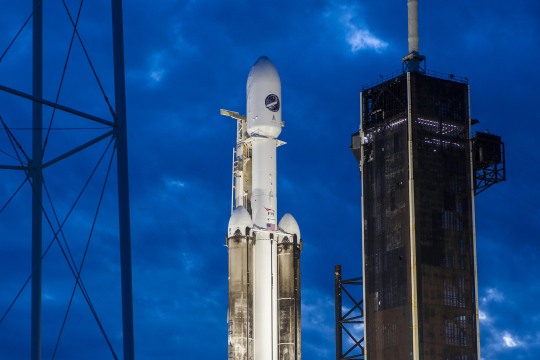#spaceplan
Explore tagged Tumblr posts
Text


#interior design#interiors#home decor#interior decorating#home design#decor#virtual consultations#moodboard#floorplan#design#creative#spaceplan
3 notes
·
View notes
Text


Star-Raker Spaceplane Concept Art by Rockwell Collins
#Real Life#Retrofuturism#Concept Art#Star-Raker#Spaceplane#Sci-Fi#Mecha#Failed Concepts#Rockwell Collins
348 notes
·
View notes
Text


Experimenting with a new rendering/painting process and 3D sketch modelling. Decided to have a crack at a Light Era spacecraft design as I felt confident enough in my hard surfacing ability.
[ Weasyl / FurAffinity ]
180 notes
·
View notes
Text


"Sierra Nevada Corp’s Dream Chaser posed on ramp at sunrise at NASA Armstrong Flight Research Center in California where the aircraft has gone through a series of tests in preparation for flight."
Date: September 28, 2017
NASA ID: AFRC2017-0271-13, AFRC2017-0271-11
#Ascension#FTA#Sierra Space Dreamchaser#Dreamchaser#Sierra Space#Lifting Body#Spaceplane#Prototype#Commercial Crew Program#CCP#Armstrong Flight Research Center#Edwards Air Force Base#California#Flight Test Article#September#2017#my post
53 notes
·
View notes
Text

Towing Atlantis at Edwards AFB
82 notes
·
View notes
Text


MTIO Archive: Airframes, Spaceplanes & VTOLs is now live
(12 Pages)
There are now 16 Archive Pages total
This is separate from the Field Guides, thus I can share old designs, unreleased scenes/cutaways or revised panels that were replaced.
#halo#halo fanart#unsc#halo webcomic#halo fandom#office of naval intelligence#my time in oni#united nations space command#mtio#mechanical design#spaceplanes#warfleet
48 notes
·
View notes
Text

remember how Eaurp Guz is like, a rocket scientist and a model rocket builder and stuff? I keep forgetting that because of all the trains.
Derwent Coloursoft colored pencils, mechanical pencil, and a white pen, on cool grey cardstock.
Because i couldn't really see the pencil sketch that well I don't think this one is that good technically, but the rendering on Guz's goo is real nice!
#Eaurp Guz#spaceplane#rocket#model rocket#Slimegirl#slime girl#traditional art#art#Star Trek#Star Trek Lower Decks#Lower Decks
18 notes
·
View notes
Text
The 5 main spaceship categories

really squeeze em in there
121 notes
·
View notes
Text
SSTOs and spaceplanes are both very sexy and very intuitively appealing but they are also more or less pointless and suck and an SSTO spaceplane is just a honeytrap for naive investors and governments
2 notes
·
View notes
Text

Click the link and read full information about this blog: Top Benefits of 3D Cut Section Rendering for Architectural Design
#3darchitecturalrendering#cutsectionrendering#architecturalvisualization#3ddesign#architecturalrendering#3dmodel#spaceplanning#lightingdesign#architecturaldesignsoftware#interiordesignrendering
2 notes
·
View notes
Text
Streamlined Living Room and Kitchen Design Ideas for Modern Homes!
Create a cohesive and stylish look by blending your living room and kitchen spaces! Discover design ideas that bring harmony between these two essential areas of your home. From open layouts to clever storage solutions and modern decor, Qube Interiors helps you achieve a seamless transition between your living room and kitchen, making your home feel spacious and inviting.
📍 Visit us at White Fieldroad, Kondapur, Hyderabad
📞 Contact us: +91 84999 88488
🌐 qubeinteriors.in
#LivingRoomDesign#KitchenDesign#OpenConcept#QubeInteriors#HomeDesign#ModernInteriors#LivingAndKitchenIdeas#InteriorDesign#SpacePlanning#FunctionalDesign#HomeMakeover#interiorcompany#interiordesignerhyderabad#HomeInterior#HomeStyle#interiordesignideas#interiordesigninspiration#falseceiling#falseceilingdesign#hometransformation#homedecor#dreamhome#designwithqube
4 notes
·
View notes
Text



HOTOL Spaceplane (Reimagined) by Matija Tomšić
24 notes
·
View notes
Text

SpaceshipTember 2024 Day 1: Fighter
5 notes
·
View notes
Text

Concept art of the Sierra Space Dream Chaser 200 (DC200), the redesign crewed version of the DC100. This spaceplane will carry crew to and from the space station and other low-Earth orbit destinations.
"Differentiated from the DC-100 series by a 40% increase in size, upper-body windows and fixed wings, the redesigned DC-200 is expected to be flight-tested without a crew in late 2025—and with astronauts onboard in 2026. Although design details are yet to be finalized, the DC-200 is likely to be configured with lower body-mounted wings and twin canted tails, similar to the Boeing X-37, and will feature a simpler outer mold line without the pronounced upper-body hump of the baseline version."
-From Sierra Space: link
source
#Sierra Space Dreamchaser#Dreamchaser#DC-201#Sierra Space#Lifting Body#Spaceplane#NASA#concept art#my post
19 notes
·
View notes
Text
The SpaceX Falcon Heavy Rocket Launch the USSF-52 Mission to Orbit
The U.S. military's secretive X-37B robot spaceplane blasted off from Florida on Thursday night on its seventh mission, the first launched atop a SpaceX Falcon Heavy rocket capable of delivering it to a higher orbit than ever before.
The Falcon Heavy, composed of three liquid-fueled rocket cores strapped together, roared off its launch pad from NASA's Kennedy Space Center at Cape Canaveral in a spectacular liftoff carried live on a SpaceX webcast.


#SpaceX#The Falcon Heavy#The SpaceX Falcon Heavy Rocket Launch the USSF-52 Mission to Orbit#X-37B robot#rocket#rocket launch#space#spaceship#spacecraft#spaceplane#elon musk
13 notes
·
View notes
Text
about to watch a youtube doc about the space shuttle program and i think it's time for another reminder of how beautiful and awesome she is 👇



^ they used modified 747s called scas to carry the shuttles to kennedy space center look how cute mommy and baby
#pers#first 2 are endeavor third one is discovery. I just think spaceplanes are sooooooooooooooo cool
3 notes
·
View notes